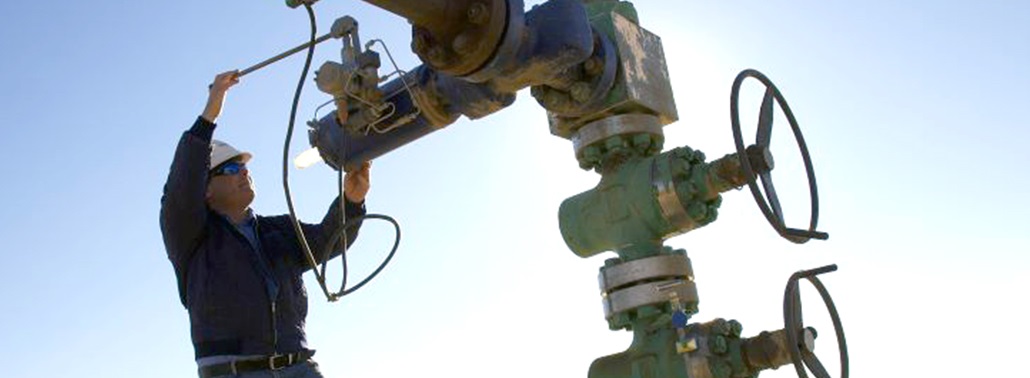29 Jul 2019

A landmark report by the CSIRO’s Gas Industry Social and Environmental Research Alliance (GISERA) confirms the greenhouse gas emissions benefits from increased use of natural gas in domestic and export markets.
GISERA is a collaboration between CSIRO, Commonwealth and state governments and industry established to undertake publicly-reported independent research.
The report Whole of Life Greenhouse Gas Emissions Assessment of a Coal Seam Gas to Liquefied Natural Gas Project analysed life cycle emissions, including extraction, transportation and usage of coal seam gas (CSG) in Queensland’s Surat Basin.
The report presents a comparison of greenhouse gas emissions from electricity production in Australia from Queensland thermal coal or natural gas derived from CSG operations which finds – incorporating the full life cycle of greenhouse gas emissions from all parts of the supply chain – a reduction in emissions of up to 50%.
This is the first time accurate estimates of life cycle greenhouse gas emissions associated with an operating CSG-LNG project in Australia have been used – and provide data about the benefits of natural gas for electricity generation.
The report said: “considerable climate benefits are possible where natural gas replaced coal for electricity generation; particularly in developing countries”.
The report also found direct, indirect and external greenhouse gas emissions associated with CSG production, compression, dehydration, water treatment and liquefaction represented around 1.4%* of likely future production for this CSG-LNG project.
APPEA Chief Executive Andrew McConville said the CSIRO’s findings confirmed the overwhelming evidence about the key role gas plays domestically and in export markets in lowering global greenhouse gas emissions.
“Australia’s LNG industry is in a unique position to contribute substantially to the economic development of the nation and to reduce greenhouse gas emissions at home and abroad,” Mr McConville said.
“Australia already generates significant national economic, environmental and social benefits through the use of its substantial gas resources.
“Using more natural gas in Australia’s power generation and resource processing would significantly enhance the nation’s ability to meet increasing energy needs and reduce emissions.
“In considering Australia’s climate change policy responses in the period to 2030, and our contribution to global emissions reduction efforts, it’s important to acknowledge the positive contribution Australia’s LNG exports make now and will increasingly make to the global effort.”
* Note: Scope 1 and 2 upstream and downstream emissions in Australia ( including CSG production, compression, dehydration, water treatment and liquefaction) represent 0.90% and 0.49%, respectively, of methane generated in the Surat Basin and transported as feedstock for LNG production (based on the future output scenario operation of LNG trains). Scope 1 (direct), 2 (indirect) and 3 (external) emissions in total for LNG production in Australia equate to 1.44% of LNG production.
Media Contact

